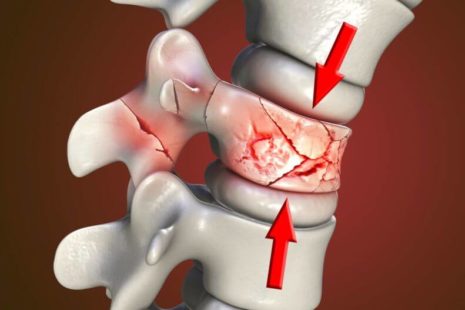The anterior cruciate ligament (ACL) is often considered one of the worst knee injuries due to its significant impact on knee stability and function.
Several factors contribute to the severity of an ACL injury…
- Crucial for knee stability – The ACL is one of the four major ligaments in the knee joint, responsible for stabilizing the knee and preventing excessive forward movement of the tibia (shin bone) relative to the femur (thigh bone). It also helps in rotational stability. When the ACL is torn or ruptured, the knee loses its primary stabilizer, leading to instability and difficulty in weight-bearing and movement.
- Non-healing nature – Unlike some other ligaments, the ACL has a poor capacity to heal on its own, especially if it is completely torn. This means the ligament is unlikely to heal together without surgical intervention.
- High impact on sports and daily life – ACL injuries are commonly associated with high-impact sports like soccer, basketball, football, and skiing. The injury can result from sudden deceleration, jumping, pivoting, or changing directions, common movements in these sports. ACL injuries can significantly impact daily activities, making even simple tasks like walking, climbing stairs, or standing challenging and painful.
- High risk of associated injuries – When an ACL injury occurs, it is not uncommon for other structures in the knee, such as the meniscus or collateral ligaments, to be damaged. These additional injuries can complicate treatment and prolong recovery.
- Lengthy recovery and rehabilitation – Recovering from an ACL injury often involves surgical reconstruction and extensive rehabilitation. Rehabilitation can take several months to a year, depending on the individual and the severity of the injury. The process requires patience, dedication, and hard work to regain strength, stability, and range of motion in the knee.
- Risk of re-injury – Even after surgery and rehabilitation, individuals who have suffered an ACL injury are at a higher risk of re-injuring their knee, particularly if they return to high-impact activities too soon or without proper conditioning.
Due to these reasons, an ACL injury is considered one of the worst knee injuries, both in terms of the immediate impact on knee function and the long-term consequences if not managed properly. Prevention through appropriate conditioning, proper technique, and adequate protective equipment is crucial in minimizing the risk of ACL injuries, especially in high-risk sports.




